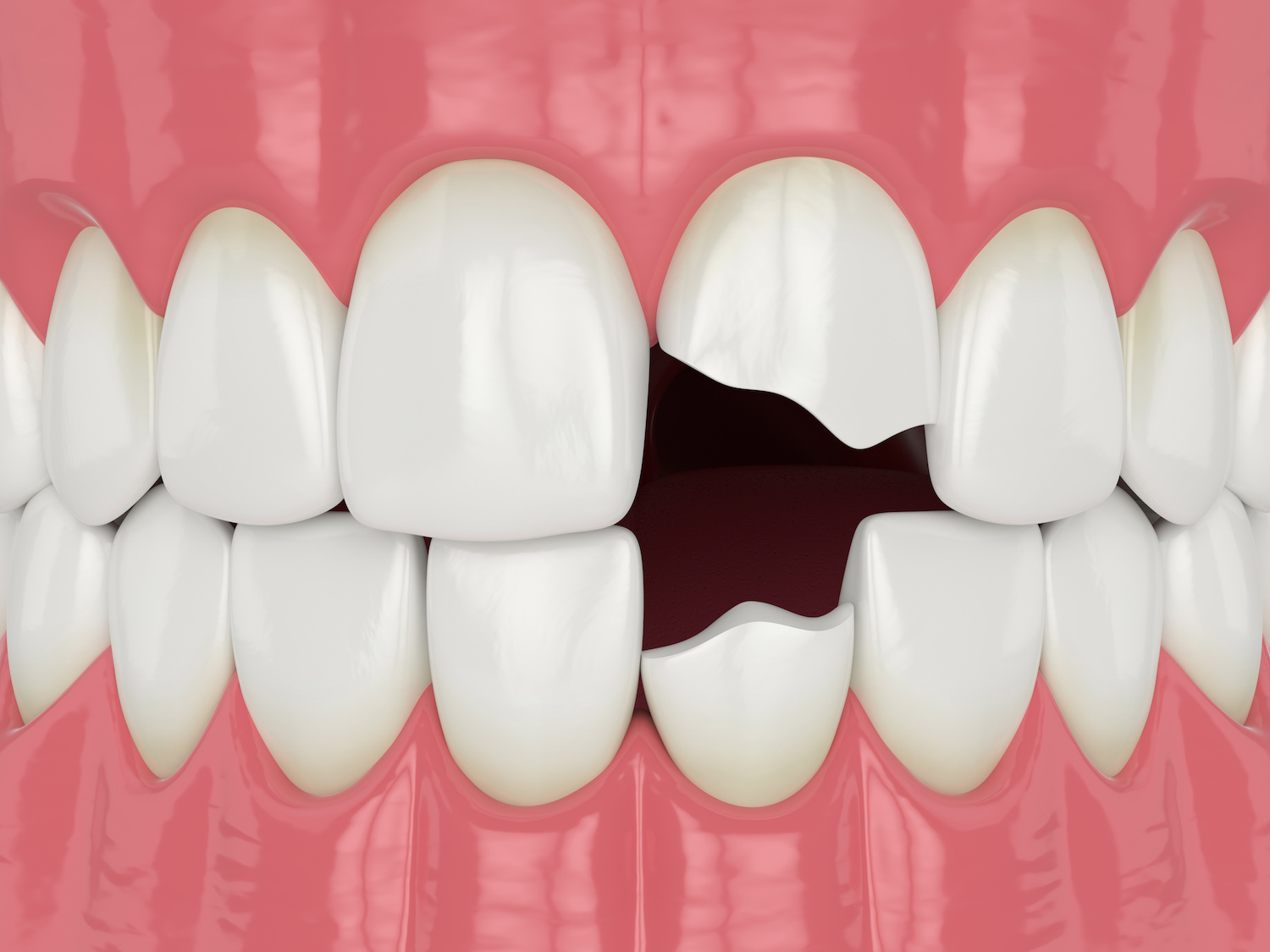
How to Save a Knocked-Out Tooth: The Ultimate Guide
It’s happened to all of us. You’re playing ball with your kids and someone takes a nasty spill. Your tooth comes out in the process. Now what? In this guide, we will walk you through the steps necessary to save that tooth and prevent any long-term damage. So don’t worry, even if you knock out your tooth, it’s not game over!
Step 1: Protect the Tooth
After your tooth comes flying out of your mouth, there’s a chance that it can pick up contaminants like dirt and debris. Consider running water over the tooth to remove any unwelcome objects then grasp it carefully with clean hands or pliers. If you happen to be near salt water (like at the beach), you can gently rinse the tooth with salt water to further clean it.
If none of these options are available, take a moment to rinse your mouth out with water or mouthwash. This is also an opportunity for children to learn about dental health – be sure to explain that the briny taste in their mouth is from their teeth being exposed to the elements.
Step 2: Bring Your Tooth to a Dentist or Doctor
Although many people will recommend keeping your tooth in milk, there is no hard evidence that this method has any effect on preventing damage. Avoid placing your tooth in water as well, you want it to be as easy to handle and keep track of as possible.
Go to your dentist or an emergency room as quickly as possible. If you have time, call ahead and let them know that you are bringing in a knocked-out tooth for help. Even if it’s the middle of the night when this happens, just do your best to get there in one piece!
Step 3: Re-insert Your Tooth
Once you’ve arrived at the dentist, sit down and let them know what happened. Sometimes they need to get a look inside your mouth and see how much of the tooth is intact. If the roots are still intact but part of the enamel has broken off, they can usually apply some dental cement to keep it in place.
If your tooth is broken beyond repair, the dentist will probably use some superglue to reattach it. If possible, they’ll drill a hole in either side of your tooth to help hold it in place. This is also where you want to make sure that you are okay with anesthetics. Some people are really good at holding their mouth open and keeping still, while others might get very anxious about not being able to sit still. If you’re worried, this is probably something to discuss with your dentist beforehand.
Step 4: Recovery and Long-term Care
You want to make sure that the tooth gets enough time to heal before it’s put to use again. If it’s still somewhat wiggly after the dentist has glued it back in place, you should leave it alone until any pain or discomfort goes away. This usually takes about a day to do, so there is no need to rush your recovery process!
During this time, you can continue to use the toothbrush and mouthwash that you normally use. The dentist can also recommend some antibiotic mouthwash if they feel it is necessary. Be sure to give the area around your tooth plenty of love and attention during this time so that it has the best chance at recovery.
Don’t be afraid to speak up about any discomfort you’re still having after a day, it’s important for your dentist to know if you’re feeling any pain so that they can continue to do their best for you.

